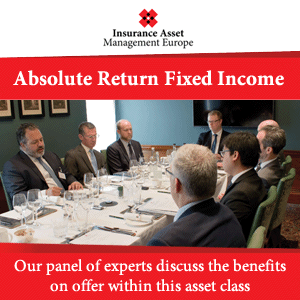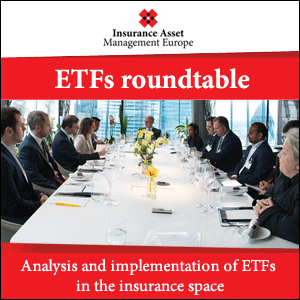
LATEST NEWS
- PwC UK outlines possible pathways for MA relaxation in the UK
- Institutional investors targeting dramatic increases in life settlements
- Dai-ichi to invest $50m in IFM net-zero infrastructure fund
- Ping An sees net profits increase under IFRS 17
- US and European life insurers to withstand risks from CRE exposure
US and European life insurers to withstand risks from CRE exposure

Written by Adam Cadle
17/07/2023
Fitch-rated US and European life insurers are well-positioned to withstand the mounting challenges from rising losses and falling commercial real estate (CRE) valuations, Fitch Ratings has said.
“We expect financial metrics to remain within ratings sensitivities, as the insurers have well-diversified investment portfolios with stable CRE exposure,” it said.
US life insurers’ CRE exposure is predominantly via commercial mortgage loans (CML), with more modest exposure to commercial mortgage backed securities (CMBS) at less than 5% of cash and invested assets, with equity real estate not a meaningful allocation. Mortgage loans comprised 13% of US life insurers’ portfolios at YE 2022, approximately 85% of which were CMLs.
Fitch said it expects to see continued deterioration in US CMLs as valuations decline and losses increase amid the worsening economic backdrop. Favourably, life insurers are generally conservative lenders with strong track records and diversified exposure by geography and property type. Life insurers’ portfolios are more conservatively positioned currently than entering the GFC, based on key risk metrics, during which cumulative aggregate default rates for Fitch’s large-rated insurers was 4.4%. US life insurers had 13% of their aggregate investment portfolios in mortgage loans, or 1.6x capital, at end-2022, which is above historic levels of 8%-12% but stable yoy.
Fitch added that office and retail valuations are likely to drop further over the medium term, with office most pressured by reduced occupancy. US insurers have continued to de-emphasise these subsectors, and are focusing on multifamily and industrial.
“We expect continued negative NOI growth for office properties in 2023, with office loan delinquencies within Fitch’s rated CMBS universe to double to 3.5% to 4.0% at end-2023 versus 1.8% in May,” the ratings agency stated.
European insurers’ CRE exposure was 4.1% of aggregate assets of €11.5trn at end-Q3 22, with direct CRE investment exposure of €202BN, or 1.8% of total assets. Under EU Solvency II rules, CRE has a relatively high 25% capital charge, which can reduce demand and depress valuations. CRE assets cannot be used to hedge interest rate risk further limiting CRE asset concentrations.
“European insurers have sufficient ratings headroom to weather a moderate fall in CRE values, although a systemic crisis would put greater pressure on individual issuers with larger exposures,” Fitch said.
“We estimate that EU insurers’ aggregate capital base would decline by 7%, assuming a full write-down of direct CRE holdings.”










